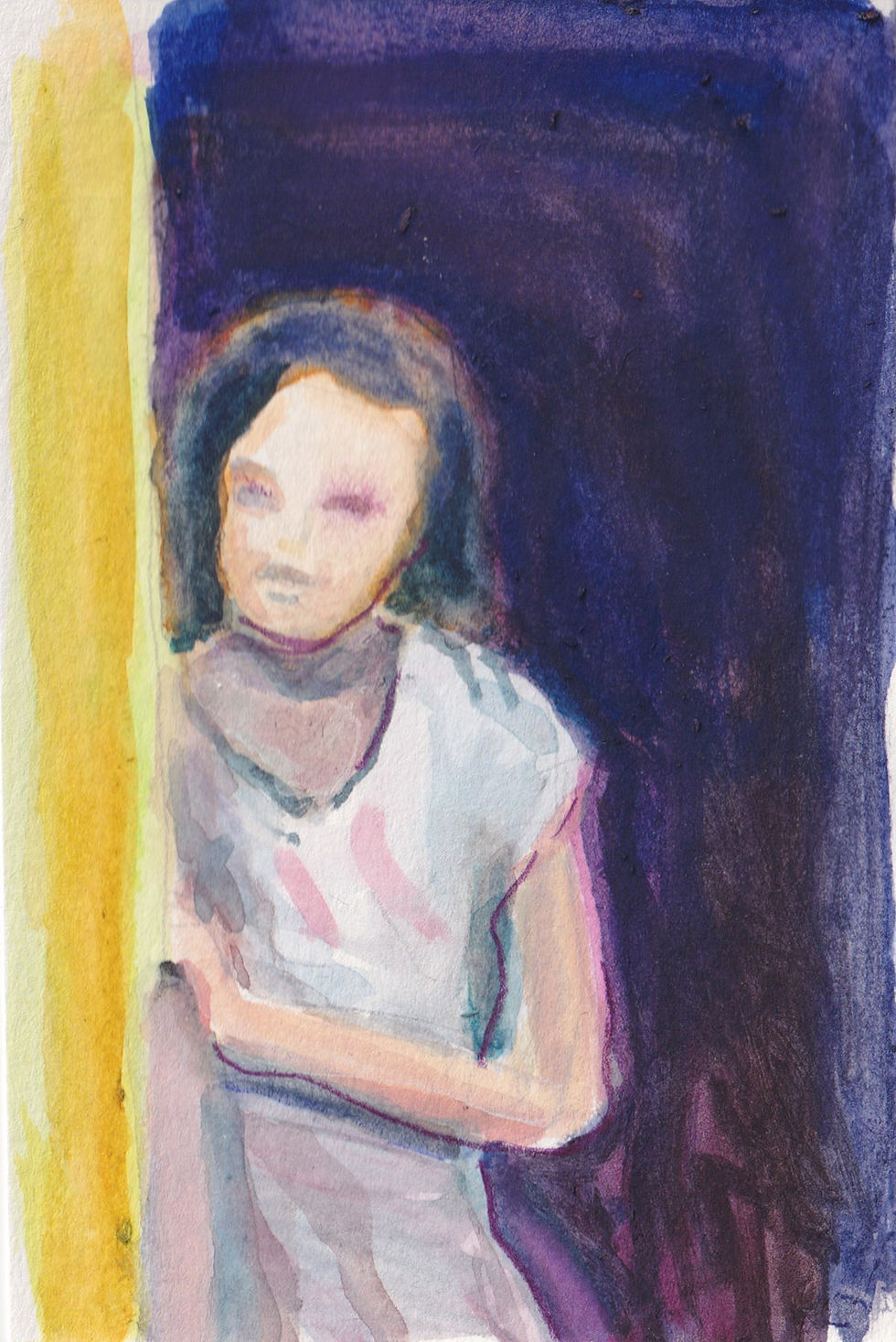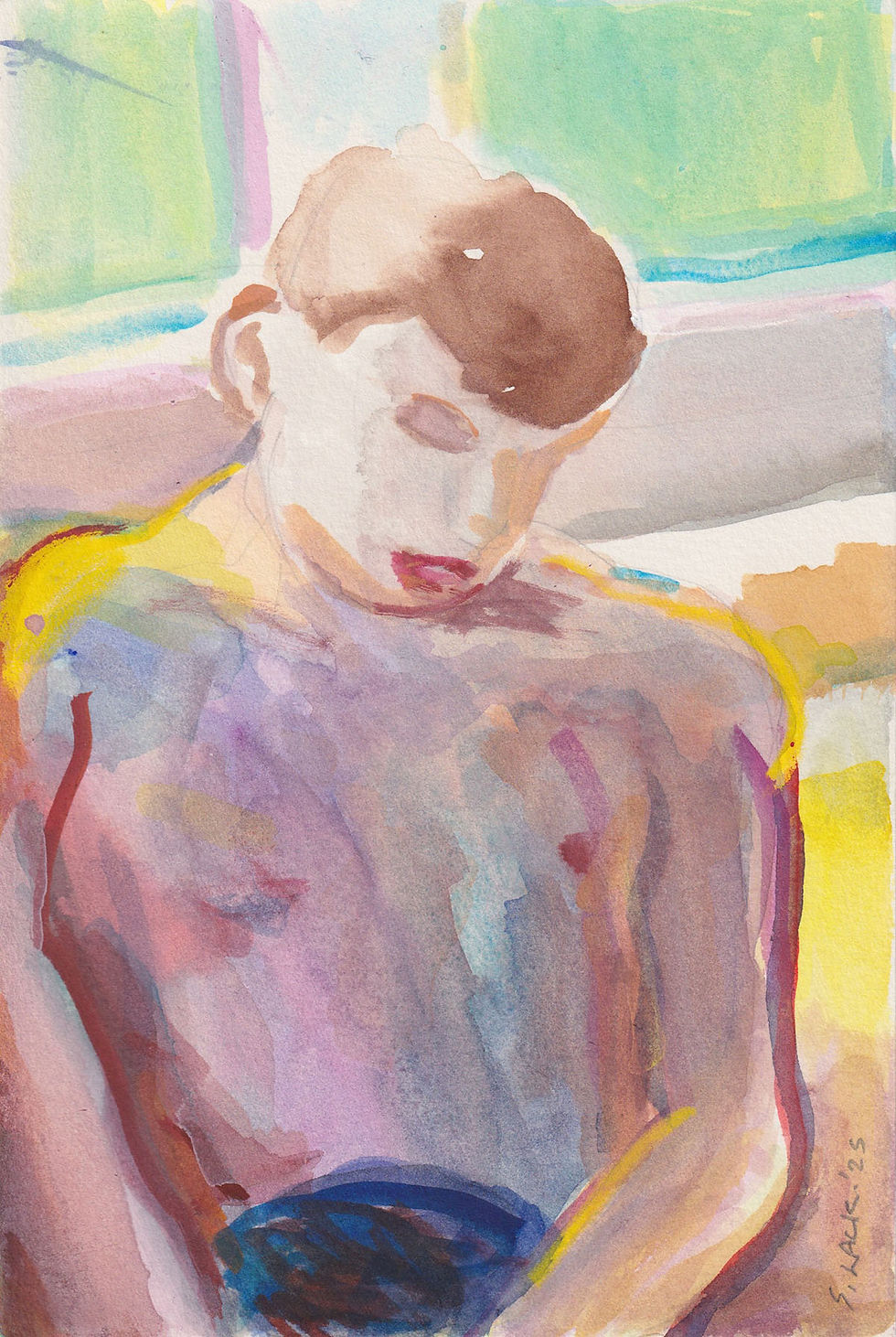Parking Lot Pandemic 2 (2020/2021)
You might say, “I am tiny.”
You are not alone being miniscule. Many wondrous things are tiny. Tiny is so often charming it may be hard to believe there could be tiny things that are not adorable. Tiny implies pixies, snowflakes, the twinkling of stars, baby feet. Germs are also tiny.
Most people find germs unnerving. Seen through a microscope, germs probably look fascinating to medical students, but pictured in high school science books germs are ugly, even unnatural, compared to so many other larger animals. Tinier than germs are the wee viruses with intricate geometric shapes. Even Megavirus, the biggest virus yet, is actually extremely tiny, so tiny that millions of them could march on a germ.
North Americans have been taught to believe in viruses even though no one has ever actually seen one, and no one has actually ever touched one, or if we have we could not sense that we were touching it. They do not register on a human nerve ending because they are so tiny. It would be easy to believe viruses are mythological beings, yet an illusion of a magnitude different from sightings of Elvis or the Virgin Mary. If the viruses in colour pictures were not splendidly exaggerated, the viruses perhaps would seem less plausible. The coronavirus is most often depicted in radiant colours; its portrait on Wikipedia especially was widely circulated. On a page or on the screen the Wikipedia image is not to scale with anything, and thus coronavirus looks immense. In these close-ups it is isolated, as if it is a UFO hovering in outer space. The bright red protrusions on the coronavirus are more like a radical hairdo than the eclipsed sun’s crown. Although Marshall McLuhan posited that hot colours leave nothing to the imagination, there is no problem imagining the merciless power of coronavirus. There is no doubt that this celebrity virus is a vibrantly alive entity.
Jeanne Randolph
from Parking Lot Pandemic
27 photographs
Created in 2020
Printed in 2021
Inkjet on Epson Premium Luster paper
Edition of 2
8 ¼ x 11 inches
“The Exchange District in Winnipeg, where all the grand warehouses, factories and national banks were established in the early 1900s, is also a district of parking lots. Ordinarily some lots would be more popular than others, but when public life closed down during the pandemic, every parking lot in The Exchange District was empty. The bistros and cocktail lounges that were more home than my home was, were empty. Their interiors were darkened by massive curtains pulled across massive windows. And next door or half a block over, there would be a parking lot with not a single car. Parking lots were unexpectedly on display. Without cars they looked raw, as if the hide of the city had been stripped off. I remember walking across King Street to look closely at a lot, and when I beheld the huge jagged potholes, gouged out gravel, crumbling, split uneven ground I laughed out loud. There’s a pandemic.
But there never had been time or energy to flatten and smooth these wilderness surfaces, especially ones that will be hidden under car bodies when everything is normal again. Standing on the King Street sidewalk, the phrase “car bodies” mingled in my mind with “human bodies.” At that moment my imagination filled the empty parking lots with the poetry of the pandemic. Every possible emotion the pandemic heightened, every version of death, of near misses and of escape that poetry provides.” — Jeanne Randolph



















